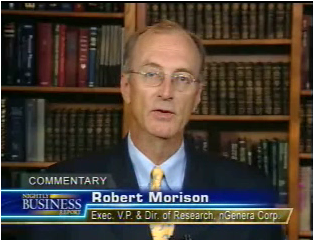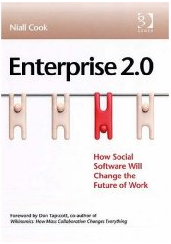 Making a deeper commitment to Microsoft, Atlassian acquired one of its community partners, Benryan Software and released its SharePoint Connector for Confluence 2.9. Additionally, the company incorporated over 150 user requests into the latest release and added 10 new production plugins. Benryan has a MS Office connector to Confluence (known fondly by existing users as the word/dav plug-in*) that makes it simple to import all Word Docs (in one to multiple pages), and to edit them in Confluence. You can also view Excel, PowerPoint, and Word docs within a Confluence wiki page and edit them. Also announced is the commercial release of its SharePoint connector. Some key features include the ability to embed Confluence content within SharePoint, bi-directional navigation (link SharePoint content within Confluence and vice versa), federated search (confluence searches reach into SharePoint), and security unification (immediate access: SharePoint permissions and unified security).
Making a deeper commitment to Microsoft, Atlassian acquired one of its community partners, Benryan Software and released its SharePoint Connector for Confluence 2.9. Additionally, the company incorporated over 150 user requests into the latest release and added 10 new production plugins. Benryan has a MS Office connector to Confluence (known fondly by existing users as the word/dav plug-in*) that makes it simple to import all Word Docs (in one to multiple pages), and to edit them in Confluence. You can also view Excel, PowerPoint, and Word docs within a Confluence wiki page and edit them. Also announced is the commercial release of its SharePoint connector. Some key features include the ability to embed Confluence content within SharePoint, bi-directional navigation (link SharePoint content within Confluence and vice versa), federated search (confluence searches reach into SharePoint), and security unification (immediate access: SharePoint permissions and unified security).
For a more detailed explanation of all the goodies in the new release, see @SarahinTampa‘s post on RWW, “Wiki Editing Just Got Easier: Atlassian Confluence Releases Office Connector.”
Jeff Walker, President of Atlassian, briefed a few of us bloggers last week on the announcement. What’s interesting to me is how the company framed the announcement in language like, “We are embracing the Microsoft and Outlook world.” Jeff explained how there are lots of folks out there in corporate America who are “comfortable with Office documents.” Well, true dat, homeboy. IMHO the more sensible we can make the transition for corporate America to 2.0 working, the better. I hope we’ll see more 2.0 startups embracing the legacy installed base of enterprise 1.0 workers and workware.
Check out the MS Office Connector:
*For existing users who have the word/dav plug-in, there have been some major improvements and bug fixes to the software that are appearing within 2.9. And now that it is an Atlassian plugin, it is fully supported by the company, as well. The newer version is completely free to existing customers with current licenses. Bad news? Firefox 3.0 is currently not supported, however the company expects to resolve the issue shortly.










